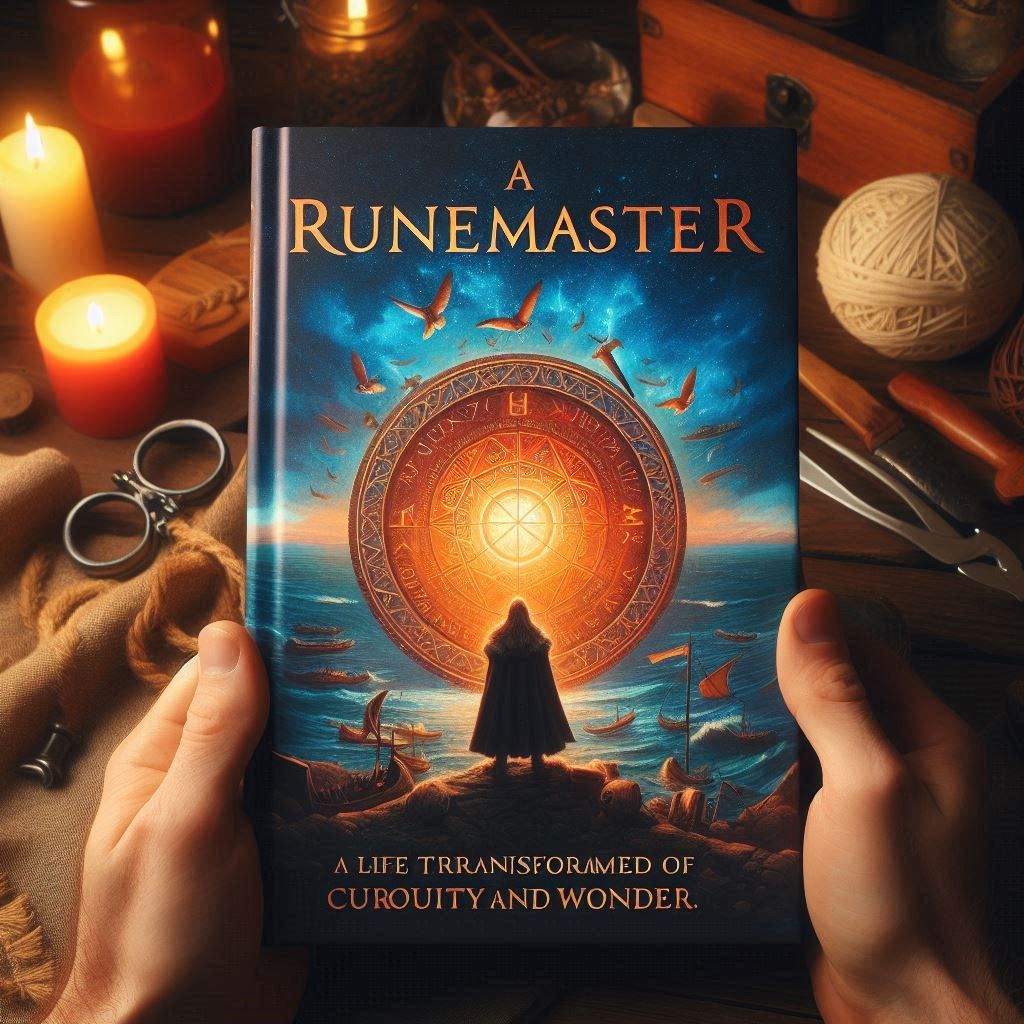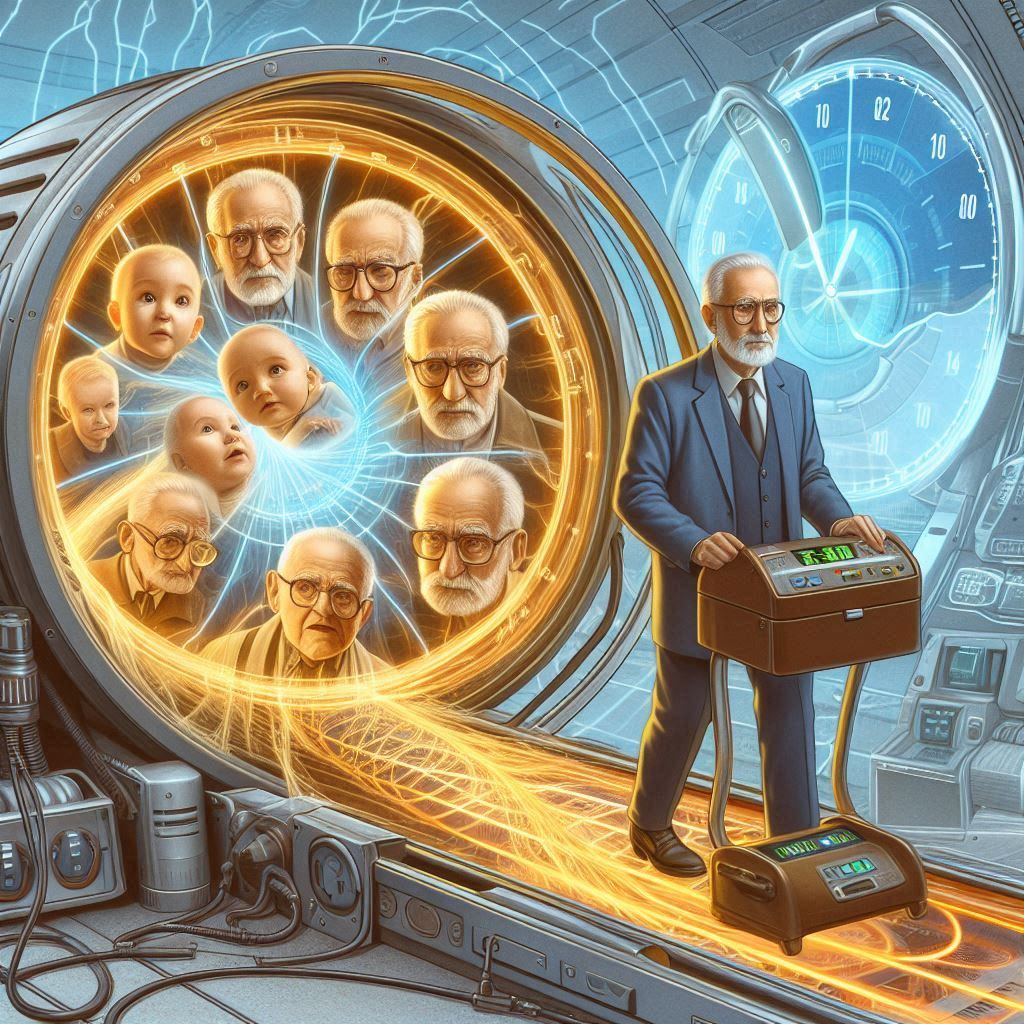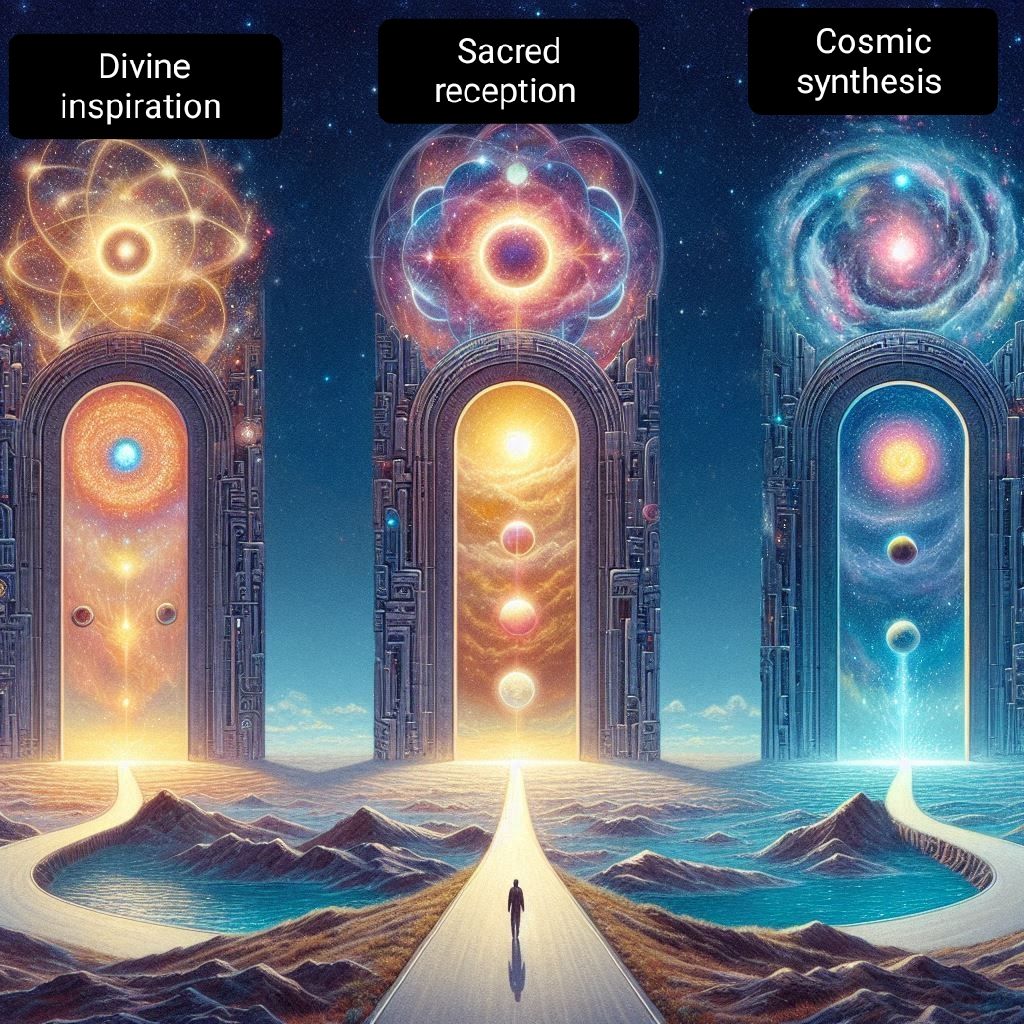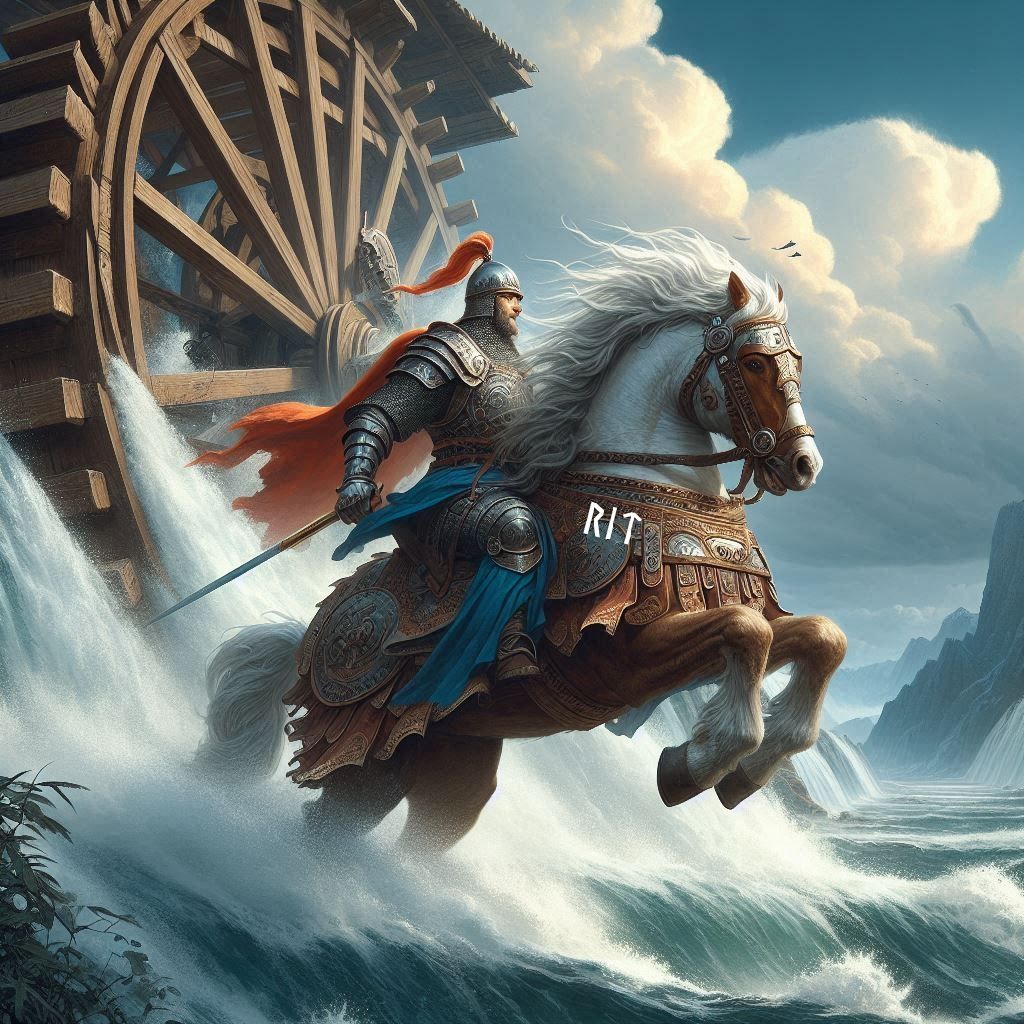If there was a biography about you, what would the title be?
If there was ever a biography written about me, I believe the title would be “A Runemaster’s Life: Transformed by Curiosity and Wonder.” This title isn’t just a string of evocative words—it encapsulates the essence of my journey and the inner metamorphosis I’ve experienced over the years.

From an early age, I was drawn to the mysterious and the arcane. There was always a burning curiosity about the world, a desire to understand the hidden forces at play beneath the surface of everyday life. This relentless curiosity set me on a path that many might consider unconventional—a path into the ancient wisdom of runes and the symbolic language of our ancestors.
As I delved deeper into the study of runes, I discovered that they weren’t merely relics of a bygone era. Instead, they served as mirrors reflecting the intricacies of human existence. Every rune, with its unique shape and meaning, told a story of transformation, of life’s continual ebb and flow. In embracing this ancient wisdom, I found a way to reframe my own life’s narrative. The runes became both my guides and my teachers, helping me navigate personal challenges and celebrate triumphs with a fresh, enlightened perspective.
The word “Transformed” in the title speaks volumes about my personal evolution. Life, for me, has been a series of metamorphoses—moments when curiosity and wonder nudged me out of my comfort zone, inviting me to explore new territories, both externally and within. Every twist and turn of my journey has been a testament to the power of questioning, of never settling for a surface-level understanding of the world. Instead, I’ve embraced the unknown, using the wisdom of ancient symbols to shed light on the modern human experience.
And then there’s “Wonder.” Wonder is the spark that ignites the flame of discovery. It’s what keeps the spirit of inquiry alive, even in the face of life’s inevitable uncertainties. Wonder has been the catalyst for my continuous exploration—a reminder that there is always more to learn, more to see, and more to become. It has transformed mundane experiences into opportunities for growth and deep reflection.
In essence, “A Runemaster’s Life: Transformed by Curiosity and Wonder” isn’t just a title—it’s a celebration of a journey that marries the mystical with the everyday. It captures the spirit of someone who has dared to look beyond the obvious, to decode the hidden messages of life, and to emerge continually renewed and inspired.




